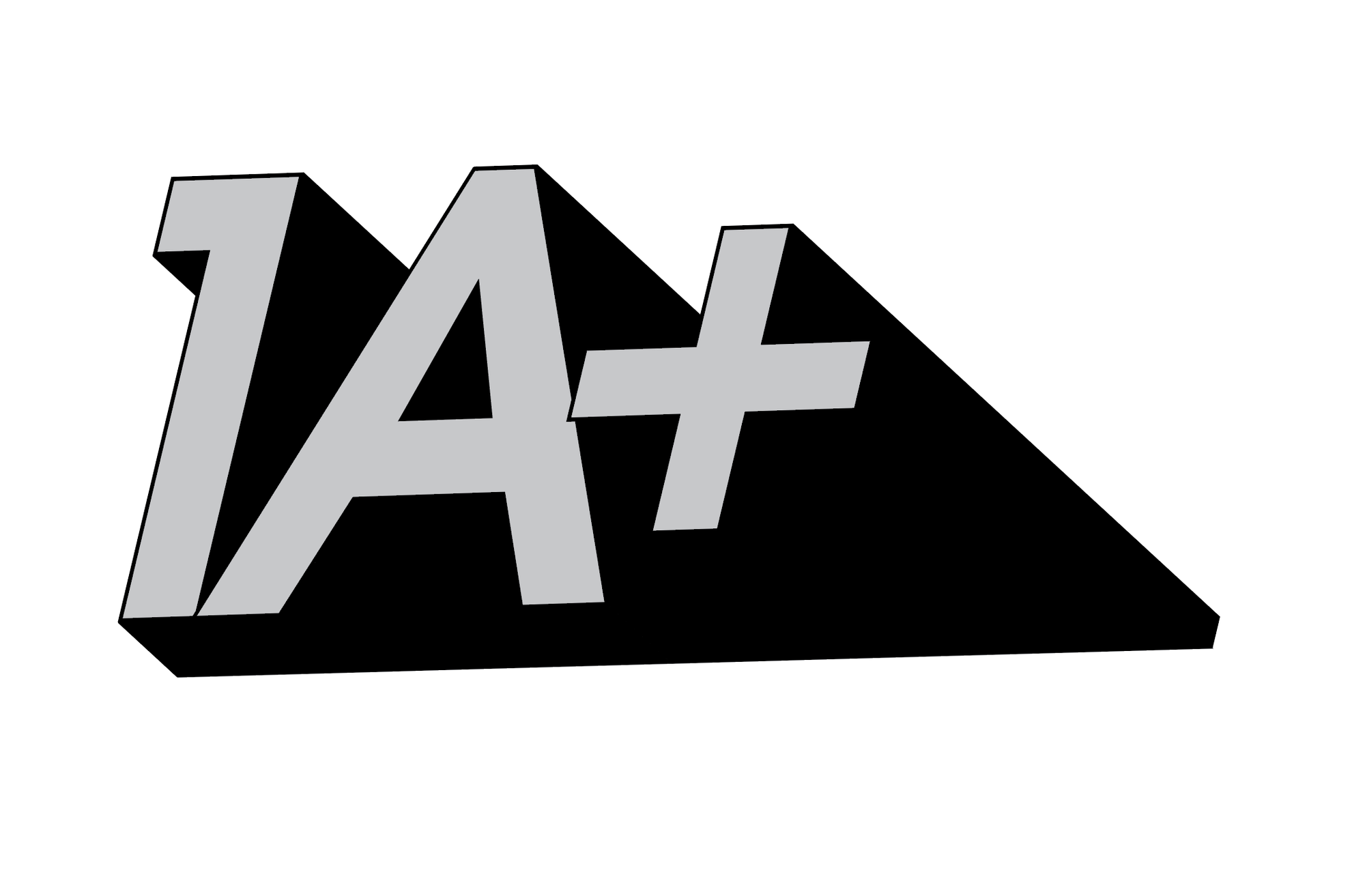Semiotic Sabotage: Daniel Lisboa and the Urban Poetry of Disobedience
A fugitive voice rewrites colonial grammar on the walls of Lisbon, one fragment at a time.

In the trembling heat of Salvador’s afternoons, amid colonial façades and cracked pavements, something whispers from the walls. Not in paint or slogans, but in fragments. A poster reads: “GUIANA BRASILEIRA” (Brazilian Guiana). Another, pasted onto an electric box in Alfama: “VANDALIZE A LÍNGUA” (Vandalize the language). A third, barely hanging on a tiled wall: “SENTO SEU ÓDIO DAQUI” (I feel your hatred from here).
These are the marks of Daniel Lisboa, a Brazilian visual artist, writer, and researcher based in Salvador. He is currently pursuing a master’s degree in Visual Arts at the Universidade Federal da Bahia (UFBA), where his research—titled "SISTEMA DESVIÁRIO – Entropia Visual no Espaço Úrbico (Urbano/Público)"—investigates subversion and entropy within the urban visual field. His art practice bridges installation, poetry, and urban intervention, but it is through the series Lambes do Mal and its latest outgrowth, CONTRA-LÍNGUA, that Lisboa maps a cartography of colonial residue and cultural inversion.
From Salvador to Lisbon: The Language Strikes Back
In 2025, as part of a 45-day artistic residency at the Centro de Investigação Artística HANGAR in Lisbon, Lisboa launched CONTRA-LÍNGUA – (D)evolução Linguística – Salvador/Lisboa. The aim: to bring what he calls Brasileirês—a hybrid, decolonized, plural form of Brazilian Portuguese—into the daily life of the colonizer's capital.
“What I bring is not the language of the colonizer. It’s a contra-language, an ultra-language,” Lisboa wrote in his proposal. “It’s a grammar born of resistance, forged in Indigenous syntax and Afro-diasporic rhythm. It’s what we speak, think, and write across Brazil’s contradictory body.”
Over several weeks, Lisboa pasted approx 200 of 525 posters across Lisbon’s urban core: under bridges, on lampposts, next to historical monuments. The texts, printed in stark black on yellow, consisted of single sentences or phrases drawn from popular slang, poetic allusion, and radical critique:
- “TIRA A LÍNGUA DA MINHA BOCA” (Take your tongue out of my mouth)
- “TEM CRIMES QUE NÃO PRESCREVEM” (Some crimes never expire)
- “O ESPÍRITO NÃO É SANTO” (The spirit is not holy)
- “CUSPIR NO PRATO” (Spit in the plate)
- “DESPRENDA O QUE TE PRENDE” (Undo what binds you)
- “RETOMAR O QUE FOI TOMADO” (Retake what was taken)
These phrases were more than slogans—they were semantic provocations. They refused nostalgia. They refused reconciliation. They demanded rereading, mistranslation, and recognition of the historical and ongoing violence embedded in language itself.
“Language has always served power,” Roland Barthes writes. “It is not fascist because it prohibits speech, but because it forces us to speak a certain way.”
A Geography of Return
CONTRA-LÍNGUA reimagines Lisbon not as a global city, but as a site of return—not of people, but of memory. Lisboa speaks of his journey as a reversal of the caravelas: “A Brazilian artist returns to the land of the colonizer. But what he carries is not gold. He brings a tongue—a fractured, pulsing, reclaimed one.”
He deliberately chose Lisbon’s historic areas, often curated for tourists, as targets for this intervention. Against the decorative façades and sanitized heritage, his posters act as counter-monuments—scratches on the official narrative.
Some of his texts cite colonial documents. One lambe paraphrases a haunting description from Gomes Eanes de Zurara (1453), chronicling enslaved Africans being separated from their families on the shores of Africa. Others recall popular resistance, like:
“Com tiranos não combinam brasileiros corações.”
(With tyrants, Brazilian hearts do not align.)
The artist describes these posters as "words of disorder", a textual insurgency pushing back against the erasure of Brazilian vernaculars and migrant voices in Portugal.
Art as Reflux, Not Export
In the final week of his residency, Lisboa presented the project’s documentation at HANGAR: a collection of photographs, film, and a public conversation. But the work didn’t end in Lisbon.
As part of a “devolutiva” (counter-return), he organized a workshop for 20 young people in the Nordeste de Amaralinaneighborhood of Salvador. There, participants created their own lambes, which were later installed in their community—closing the loop between periphery and capital, colony and metropole.
“The body that goes returns. And so do the phrases,” he said. “A line is drawn—sensitively, invisibly—between the streets of Salvador and the walls of Lisbon.”
This transatlantic exchange didn’t just challenge power—it proposed a new rhythm of dialogue: dissonant, fugitive, fertile.
Toward a Poetics of Misreading
Lisboa resists every form of fixity—linguistic, national, institutional. His lambes aren’t didactic. They don’t seek to teach. They seek to disturb. In Lisbon, they unsettled locals. Online, they sparked anger. On the street, they whispered sideways.
One day, you’re waiting for the tram.
And there it is:
“ESPERA O ESPERADO” (Expect the expected)
You pause. You laugh.
You remember.
Lisboa doesn’t write answers. He writes hauntings.
And in the cracks of old capitals, he teaches us to misread—with purpose.
To mistranslate.
To let the language stutter.
So that memory might finally speak.




